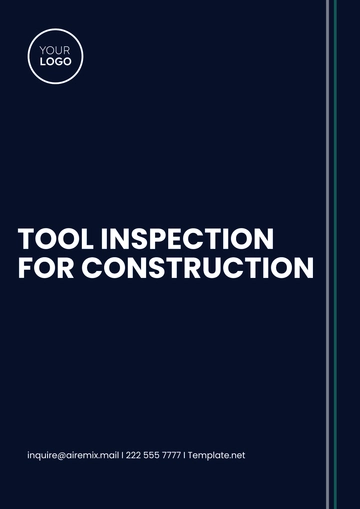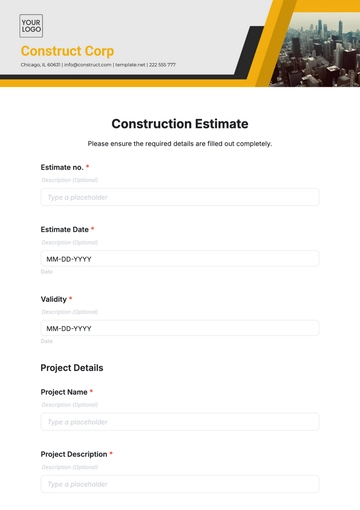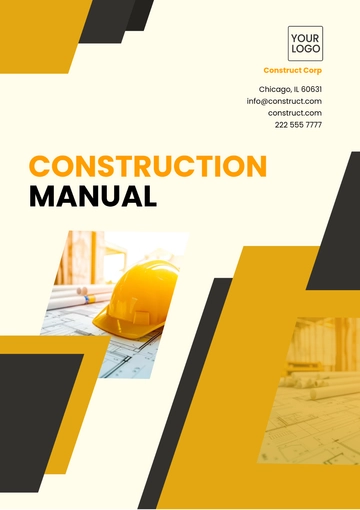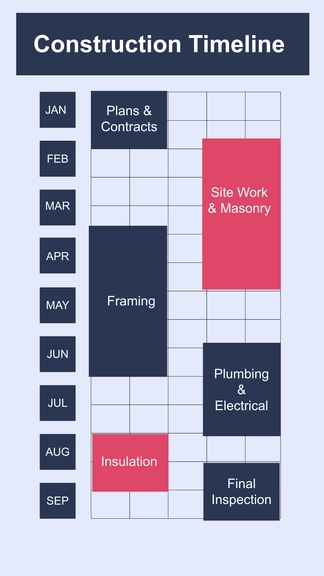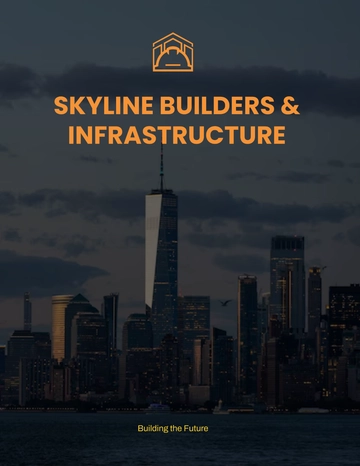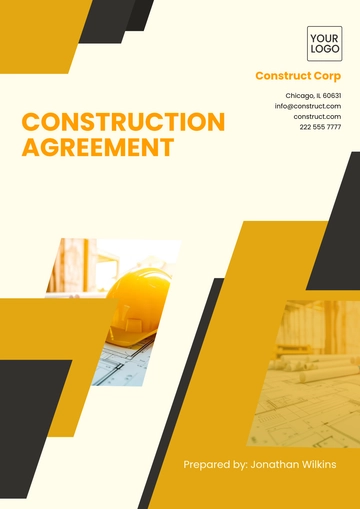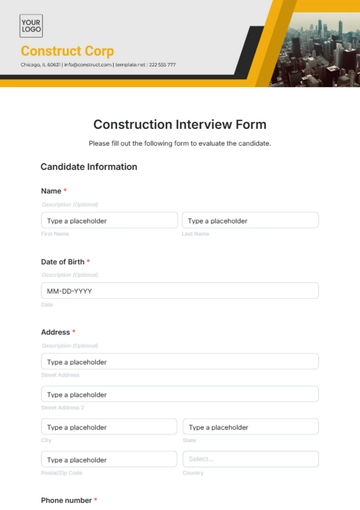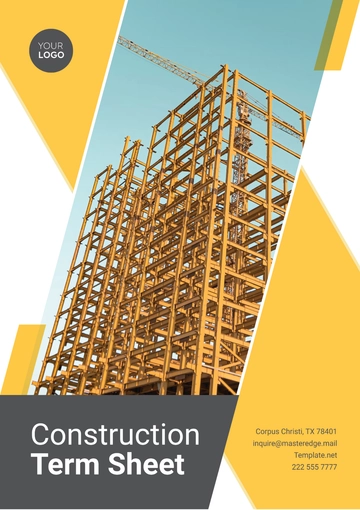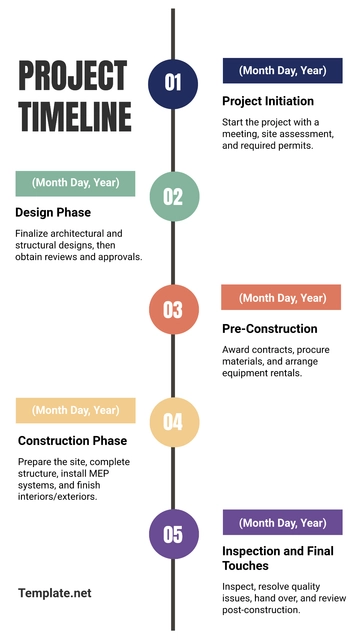Prefabrication Requirements
Prepared By: [YOUR NAME]
Date: [DATE]
I. Introduction
This document provides a comprehensive overview of the Prefabrication Requirements that must be adhered to for the entirety of the project. The primary purpose of this document is to ensure that all prefabricated components or modules conform to the established quality, safety, and performance criteria before they are assembled on-site. Adhering to these standards is crucial for the successful and efficient completion of the project.
II. Scope
The scope of these requirements includes the design, fabrication, quality control, transportation, and installation of the following prefabricated components:
III. Standards and Specifications
A. Technical Standards
Standard | Title | Description |
|---|
ISO 9001 | Quality Management Systems | Specifies requirements for a quality management system. |
ISO 14001 | Environmental Management Systems | Specifies requirements for an effective environmental management system. |
EN 1090 | Execution of Steel Structures and Aluminium Structures | Specifies requirements for the execution of steel and aluminum structures. |
B. Materials
C. Performance Criteria
The performance criteria for prefabricated components ensure high functionality and reliability, including:
These performance criteria are essential for achieving the overall quality and effectiveness of the prefabricated components in the construction project.
IV. Design and Construction Details
Design Requirements | Construction Methods |
|---|
Compliance with architectural drawings and specifications Integration with other building systems Ease of transportation and assembly Minimization of on-site modifications
| Use of precision machinery for cutting and assembly Use of jigs and templates to ensure consistency Application of quality control measures at each stage of fabrication
|
V. Quality Control and Testing
A. Inspection Protocols
Visual Inspection: Conduct thorough visual assessments to identify any visible defects, damage, or inconsistencies in the components.
Dimensional Verification: Perform precise measurements to ensure components meet specified dimensions and tolerances.
Material Testing: Evaluate material properties through standardized tests to confirm compliance with quality and performance standards.
B. Testing Procedures
Structural Load Testing: Assess the components' ability to bear specified loads and stress to ensure they meet safety and performance requirements.
Thermal and Acoustic Performance Testing: Assess the insulation characteristics and soundproofing capabilities of the components to ensure they meet the required standards for energy efficiency and noise reduction.
Fire Resistance Testing: Assess the components' fire resistance to verify adherence to fire safety regulations and improve building safety.
VI. Installation Instructions
1. Preparation
Verification of Foundation and Support Structures: Confirm that the foundation and supporting structures are level, stable, and capable of supporting the prefabricated components as per design specifications.
2. Assembly
3. Final Review
VII. Safety Requirements
A. Handling Safety
B. Installation Safety
Use of Personal Protective Equipment (PPE): Ensure all personnel wear required PPE, including helmets, gloves, and safety glasses, to protect against potential hazards.
C. Emergency Protocols
Requirements Templates @ Template.net


